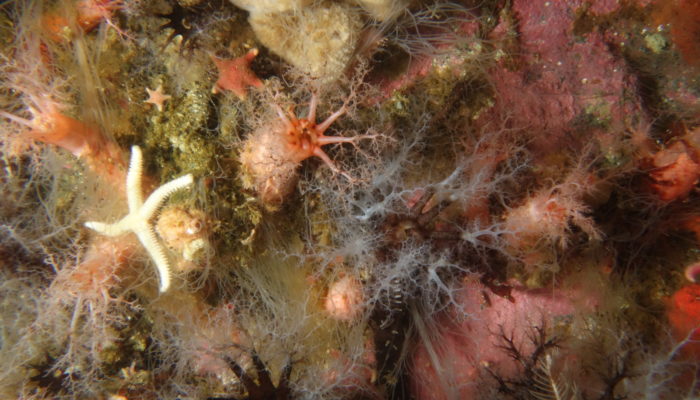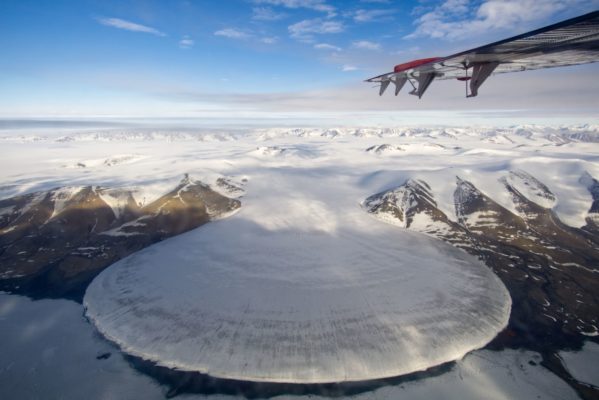Beneath the frozen surface of the Southern Ocean, live some of the most spectacular creatures on earth. These creatures are spectacular not only in appearance, but also in their ability to survive in such an extreme environment as Antarctica. Here, temperatures deviate only slightly from 0°C, and food is scarce during the winter months. How do these diverse creatures live in these conditions and w ...[Read More]
The foot of a glaciated mammoth? No… A glacier!
Ice is a viscous fluid: it flows but slowly, reaching up to 100 m/yr for the fastest flowing ice. That’s 0.00001 km/hr, so you’d never see it with the naked eye. But what influences the morphology of the glaciers is the shape of the topography that lies underneath them. Elephant Foot Glacier, shown above, aptly named for its shape, is a textbook-example of a piedmont glacier. These types of glacie ...[Read More]
Climate Change & Cryosphere – The tropical fingerprint in Arctic climate
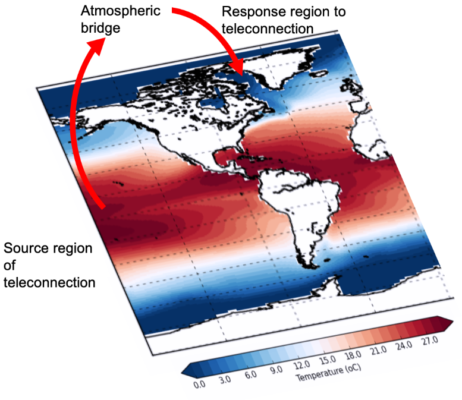
We know that climate change is being felt worldwide, but it is especially prominent in the Arctic, where temperatures are warming twice as fast as anywhere else on the planet. This especially sensitive environment, whose icy, snow-covered land and sea is so important in the global climate system, is really starting to feel the heat. But where is this heat coming from? In this blog post, we will ex ...[Read More]
Climate Change & Cryosphere – The fate of Georgian Glaciers
Display "The fate of Georgian Glaciers" from YouTube Click here to display content from YouTube. Learn more in YouTube’s privacy policy. Always display content from YouTube Open "The fate of Georgian Glaciers" directly Last week, we learned about the dramatic fate of the Hochjochferner, which has strongly retreated in the past years due to climate change. It represented just on ...[Read More]
Cryo Adventures – What’s currently going on in Antarctic science?
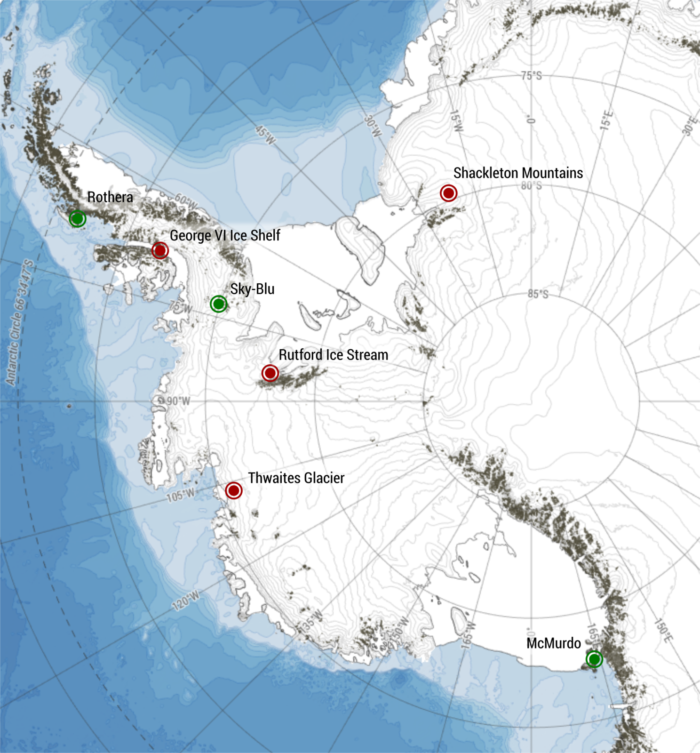
As Christmas gets closer, days are getting shorter in the northern hemisphere. A good excuse to get cosy inside on the sofa, drinking tea and eating Christmas biscuits. Meanwhile, a few thousand of scientists are heading “South”, to Antarctica, where the lengthening days provide the perfect conditions to conduct a whole variety of scientific field expeditions… Science in Antarctica Just last ...[Read More]
Did you know…? Antarctica Day 2019 – 60 years of peace
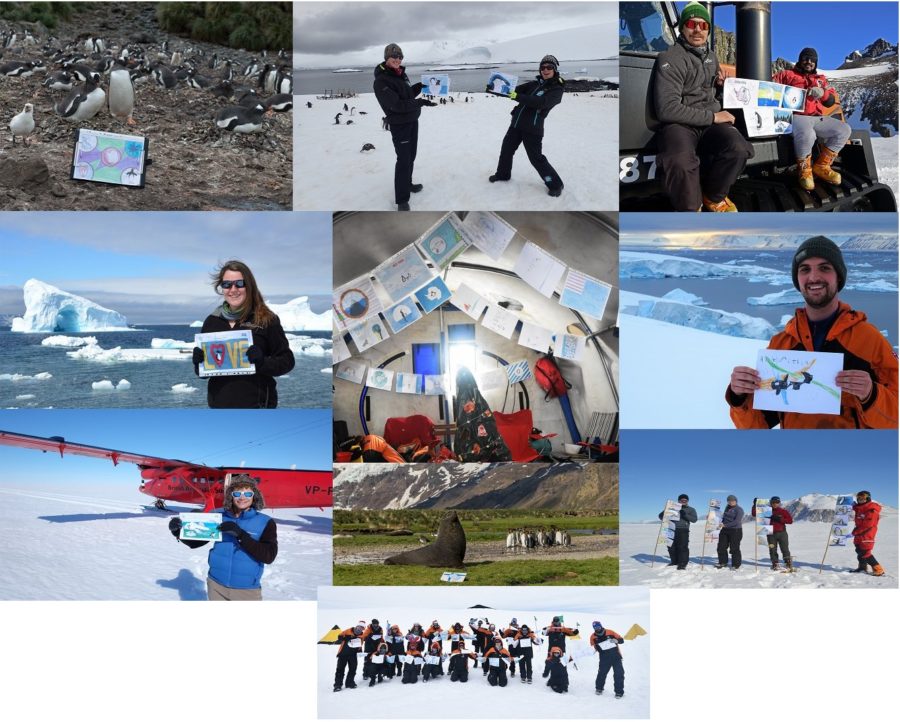
December 1st 2019 marks the 60th anniversary of the signing of the Antarctic treaty. To celebrate the signing of the treaty, ‘Antarctica Day’ now occurs each year on December 1st. But what is the Antarctic Treaty? How do people celebrate? This week’s blog post will tell you everything you need to know, just in time for celebrations! Antarctic Treaty The Antarctic Treaty was originally signed by 12 ...[Read More]
Image of the Week – Desert Varnish, Antarctica Style
If you had to describe Antarctica with one colour, red is probably the last one you would pick. However, some parts of the so-called white continent can be surprising in their colours. Today’s Image of the Week shows us that some parts of Antarctica — Beacon Valley in this case – can be strikingly similar to landscapes in hot deserts…. … speaking of deserts, did you know that: Antarcti ...[Read More]
Did you know… about the fluctuating past of north-east Greenland?
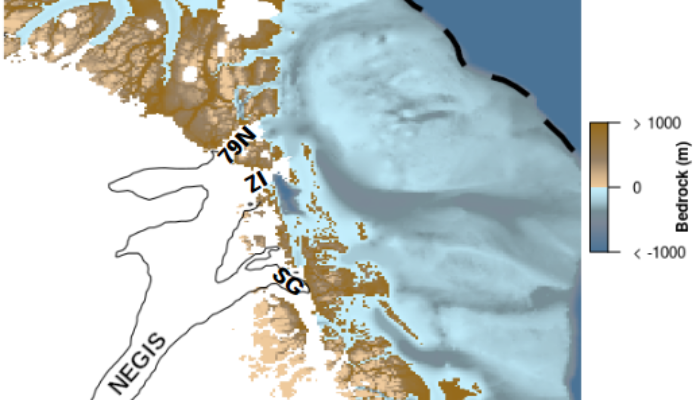
Recent geological data shows that during a very cold phase of our Earth’s climate (between 40,000 and 26,000 years ago), there was a huge expansion of polar ice sheets, yet the north-eastern part of the Greenland ice sheet was less extensive than today. How could this have occurred? In this post we shed light on the potential causes of this ice sheet behaviour. What do we know about present- ...[Read More]
Cryo-Comm – Capturing Ice
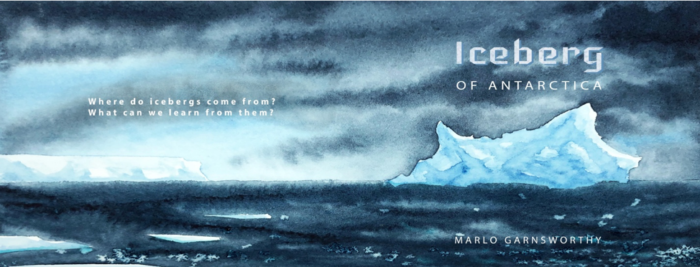
In this week’s blogpost, author, editor, artist, and outreach expert Marlo Garnsworthy gives some insights into her recent trip to Iceberg Alley, gives you some tips on how to communicate icy science, and shows us her inspirational artwork. If you’re reading this, ice may be on your mind. Ice is surely on mine. During my day job as a creative and editor, I dip frequently into Twitter for the lates ...[Read More]
Climate Change & Cryosphere – Why is the Arctic sea-ice cover retreating?
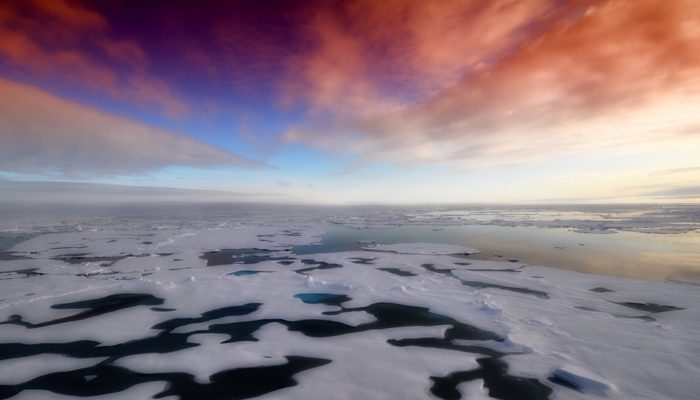
The Arctic Ocean surface is darkening as its sea-ice cover is shrinking. The exact processes driving the ongoing sea-ice loss are far from being totally understood. In this post, we will investigate the different causes of the recent retreat of the Arctic sea-ice cover, using the most updated literature… Arctic sea ice is disappearing Due to its geographical position centered around the Nort ...[Read More]

